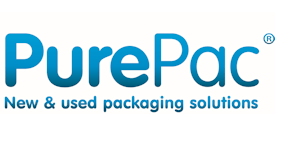
Many food and drinks manufacturers are gradually moving across to Foodgrade Certified IBCs. However there still seems to be a lack of understanding in the industry regarding the difference between brand new IBCs and Foodgrade certified IBCs.
Up until 2015 the IBC manufacturers issued migration declarations to confirm that an IBC inner bottle was produced from food grade material. This information was suitable enough for most fillers and their auditors.
This was because the previous directive 2002/72/EC was mainly focused on just the IBC inner bottle. However, when directive EC 10/2011 came into force at the start of 2016, the requirement for sensitive filling such as food products, is now focused on the packaging in its entirety rather than just the inner bottle. These new directives are only fully met by the FoodCert FSSC IBC.
The new legislation requires the IBC manufacturer to treat the manufacturing process in a similar way to food products. Operatives must wear food PPE such as hair nets, individual parts like the valves and lids must all come individually wrapped and final pressure tests must take place under a canopy to ensure no debris can fall into the IBC during the process of removing and placing the top lid.
As a consequence the IBC manufacturers can no longer issue a “basic” declaration of conformity for non-Food IBCs, which simply confirmed that the inner bottle material itself complied with migration directive requirements. Since there is only one regulation left, you either comply with the complete regulation or don’t comply at all.
If you require more information on foodgrade IBC products, please give the PurePac team a call today.



